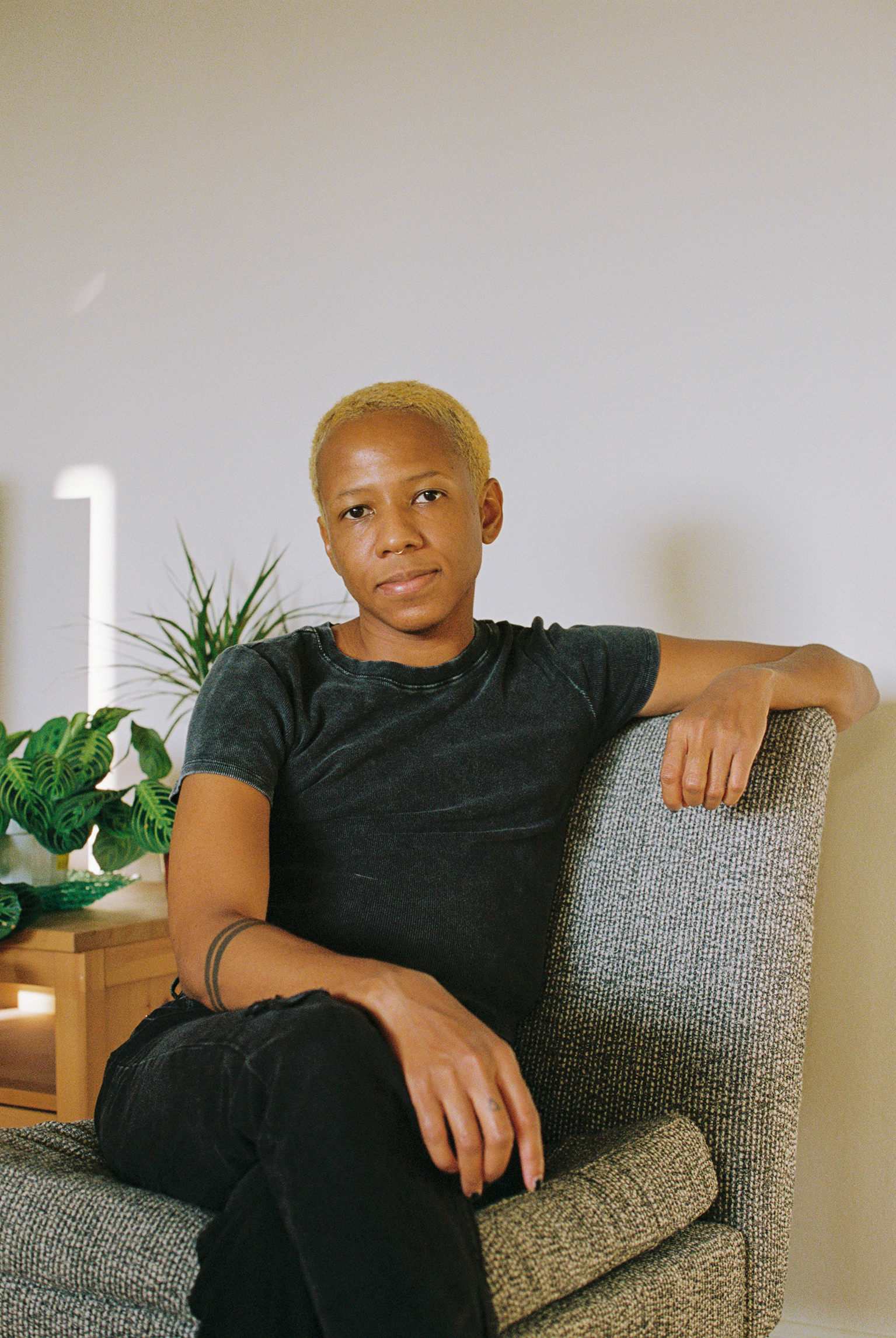
by Michele Kirichanskaya | Feb 28, 2024 | Blog
Kacen Callender is a bestselling and award-winning author of multiple novels for children, teens, and adults, including the National Book Award-winning King and the Dragonflies and the bestselling novel Felix Ever After. I had the opportunity to interview Kacen, which...
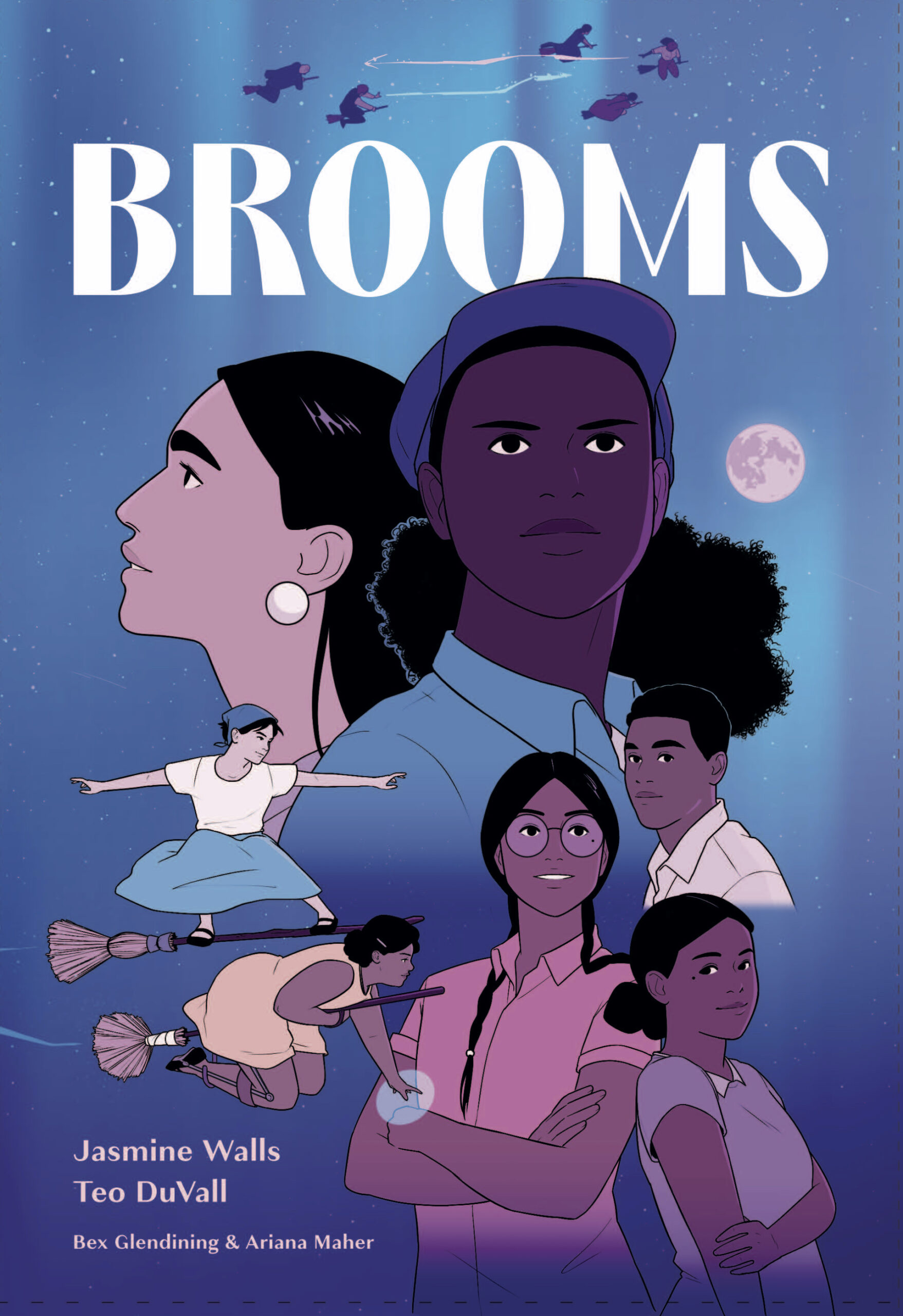
by Michele Kirichanskaya | Feb 23, 2024 | Blog
Jasmine Walls is a writer, artist, and editor with former lives in professional baking and teaching martial arts. She still bakes (though she’s pretty rusty at martial arts) and has a deep love for storytelling, creating worlds, and building tales about the...
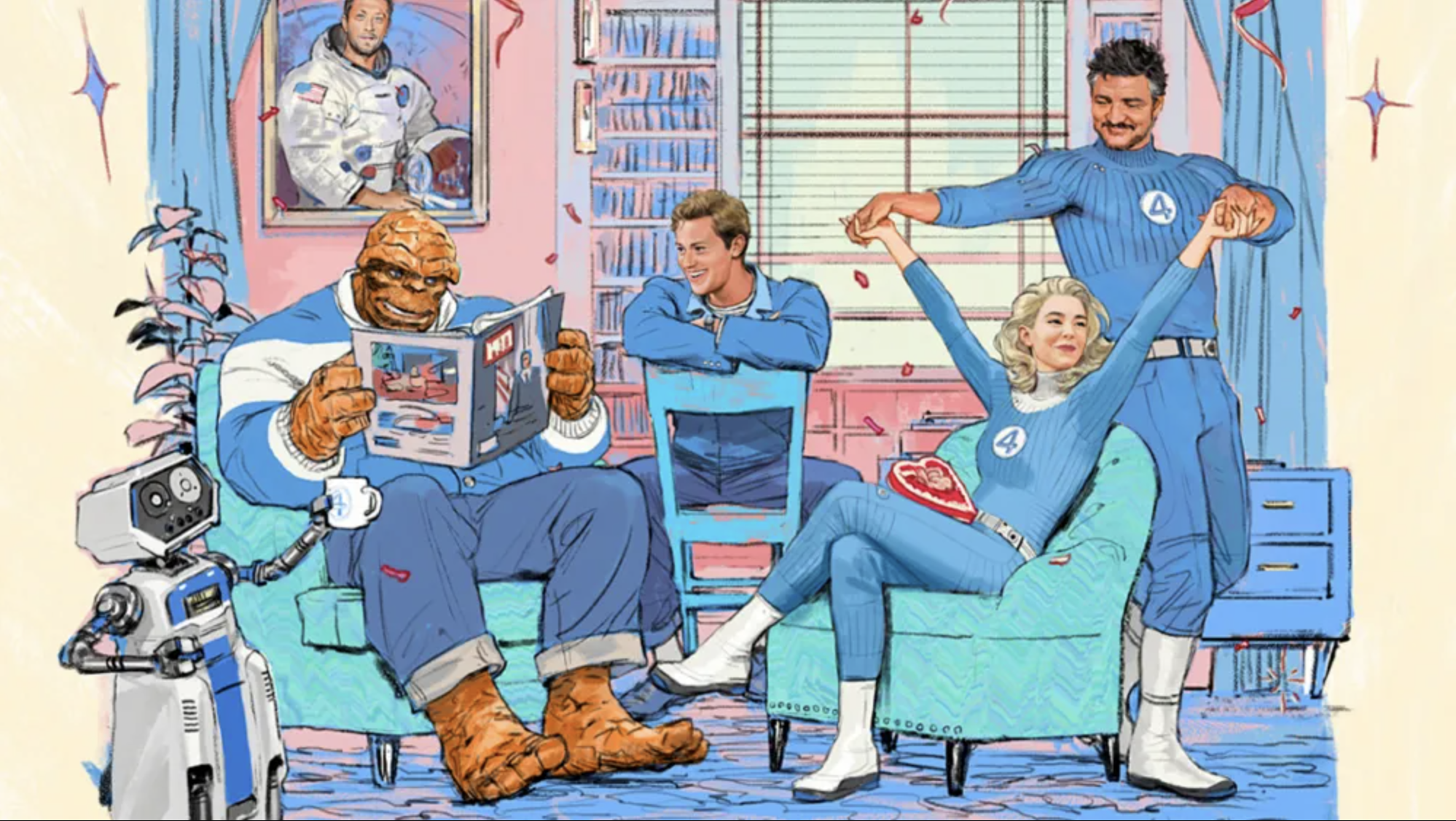
by Kevin Gilligan | Feb 22, 2024 | Podcast
In the return of the Geeks OUT Podcast, Kevin is joined by Ian Carlos Crawford, as they discuss the newly announced cast of Marvel’s Fantastic Four, the trailers for Deadpool & Wolverine and X-Men ’97, realize we’re part of the 1-in-5 gamers who...
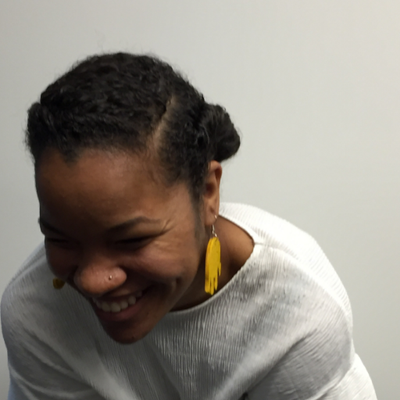
by Michele Kirichanskaya | Feb 21, 2024 | Blog
Erika Turner is a writer, a poet, and the daughter of storytellers. Sometimes, she writes songs she may one day share. Once, in a Brooklyn community center, she read James Baldwin’s quote “You can’t tell the children there’s no hope,” and...
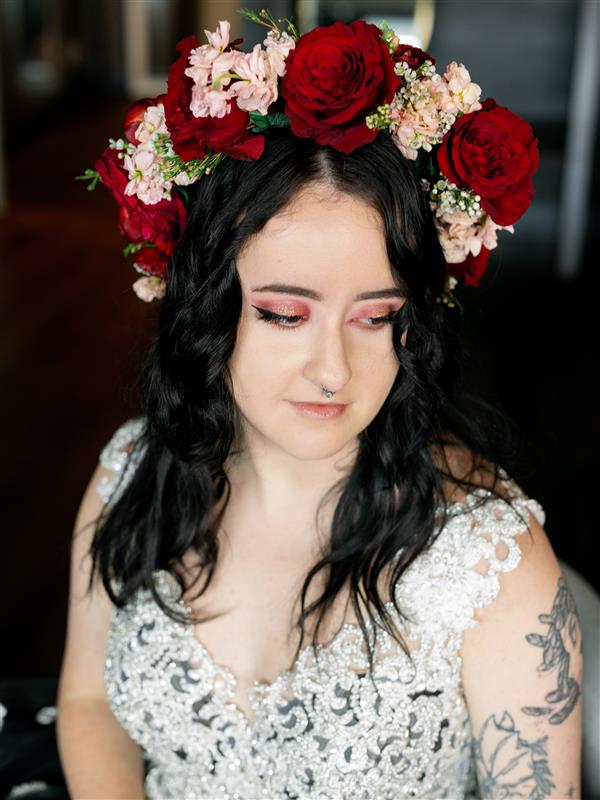
by Michele Kirichanskaya | Feb 16, 2024 | Blog
Deya Muniz was born and raised in Rio de Janeiro, Brazil, where they grew up watching Pride and Prejudice and reading copious amounts of shojo manga. In 2017, they moved to the United States to pursue a master’s degree in sequential art, where they met and fell...






